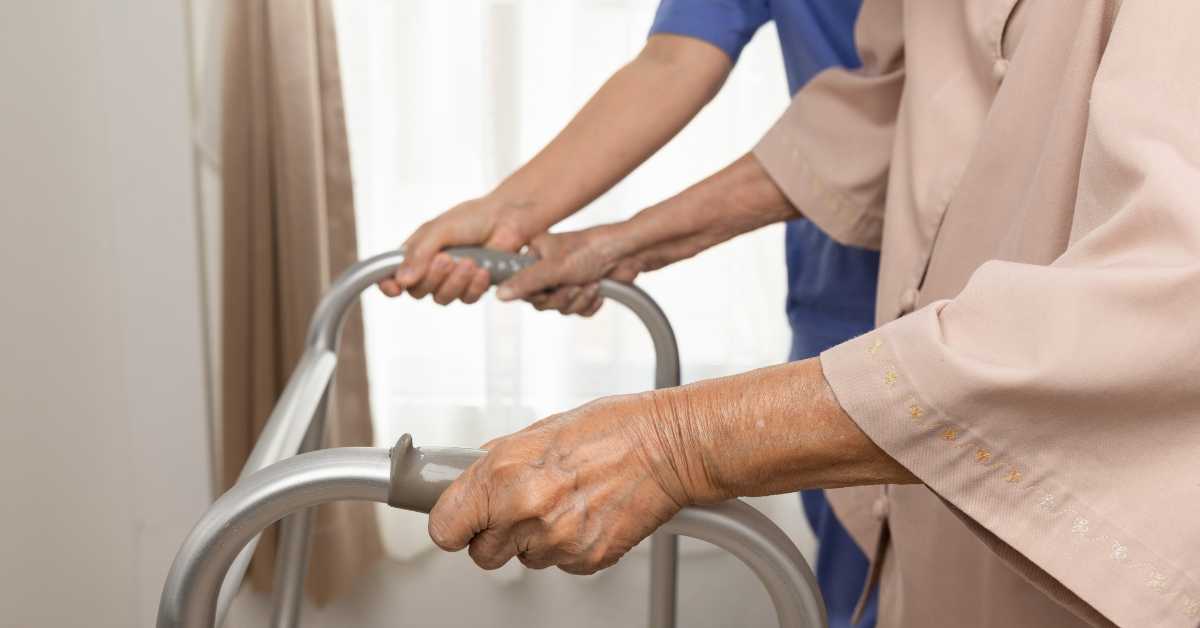Filing for Disability Benefits for Muscular Dystrophy

Muscular dystrophy is a family of muscle diseases that causes progressive weakness and loss of muscle mass. Because the effects of muscular dystrophy can be so profound and can prevent a person from working full-time, many individuals with this condition apply for Social Security Disability benefits.
If you have muscular dystrophy and have been denied Social Security Disability benefits, contact an experienced disability lawyer for help. Our attorneys can evaluate your medical records and other evidence to determine if you may qualify for benefits. We can help with the application process, as well as with every stage of the appeals process.
Types of Muscular Dystrophy
Muscular dystrophy is caused by abnormal mutations that interfere with the production of proteins that are necessary to form healthy muscles. This family of diseases causes muscles to suffer irreversible damage, often resulting in those with the disease being wheelchair-bound and possibly having limbs that curl inward.
There are various forms of muscular dystrophy, including:
- Duchenne type muscular dystrophy – This type of muscular dystrophy is the most common version. It is more prevalent in males. Individuals with this type of muscular dystrophy may suffer from an abnormal gait, frequent falls, trouble with gross motor skills involving the legs, muscle pain and stiffness, difficulty rising from a sitting or lying position, and learning disabilities.
- Becker muscular dystrophy – This form of muscular dystrophy is associated with many of the same symptoms as Duchenne type muscular dystrophy but it does not progress as quickly. These symptoms may not manifest until a person is in his or her 20s or even later.
- Myotonic muscular dystrophy – This type of muscular dystrophy is characterized by being unable to relax muscles after contracting them. It is the most common version of the disease that onsets as an adult.
- Congenital muscular dystrophy – Congenital muscular dystrophy is apparent at birth or before a child turns 2.
- Limb-girdle muscular dystrophy – Limb-girdle muscular dystrophy affects hip and shoulder muscles. Individuals with this type of condition may have problems lifting up the front portion of their foot. Onset usually occurs during childhood or the teenage years.
- Facioscapulohumeral muscular dystrophy – This type of muscular dystrophy typically occurs when a person is a teenager, but it may begin later in life. The muscle weakness typically begins in the face and shoulders.
Symptoms of Muscular Dystrophy
The symptoms that a person with muscular dystrophy experiences depends on a variety of factors, including the age of onset, the progression of the disease and the affected location of the body. Additionally, certain symptoms occur at certain ages and in different muscle groups. Some common symptoms of muscle dystrophy include:
- Muscle weakness
- Death of muscle tissues and cells
- Poor balance or lack of coordination
- Difficulty walking
- Difficulty breathing
- Frequent falls
- Arrhythmia
- Drooping eyelids
- Curvature of the spine
Qualifying for Disability
Muscular dystrophy is included in the Social Security Administration’s (SSA) Blue Book of impairment listings. To meet the listing, individuals must meet the following requirements:
Disorganization of Muscle Function
Individuals who have severe and ongoing disorganization of motor function in their arms or legs may meet the listing on this basis. To qualify under this portion of the listing, the claimant must have an extreme limitation in one of the following functions:
- Stand up from a seated position
- Balance while standing or walking
- Use the arms
Many claimants may have these limitations due to sensory disturbances, partial paralysis or involuntary muscle movements that are brought on by muscle dystrophy.
Combination of Physical and Mental Limitations
An alternative way to qualify under the Blue Book listing is to show a marked limitation in physical functioning combined with a marked limitation in one or more of the following mental functions:
- Thinking, remembering, understanding or applying information
- Interacting with others
- Concentrating or completing tasks
- Regulating emotions, taking care of self or adapting to changes in the environment
For a claimant to qualify under the listing, he or she should provide medical evidence to support his or her claim. Strong medical evidence may include:
- DNA or blood enzyme tests
- Results from MRIs, CT scans, X-rays or other imaging results
- Physician notes
- Muscle biopsies
- Nerve condition studies
- Physical therapy reports
Qualifying Under a Vocational Allowance
If the claimant does not meet one of the criterion above, the claimant may still qualify for disability benefits based on a medical-vocational allowance.
The SSA will determine if you can still perform your old job even though you have muscular dystrophy. If it decides you cannot, it will determine if you can perform any other work.
To make this determination, the SSA will evaluate your residual functional capacity assessment, which is a detailed report that describes your limitations in performing basic work activities.
For example, you may suffer from back injuries that may limit your ability to lift over a certain amount of weight. Muscular dystrophy can also cause respiratory problems that make it impossible to work in environments with extreme temperatures or where dust or pollution is present.
Based on this information, the SSA will determine if there are any jobs in the current national economy that you can work. If there are not, you will be approved for benefits.
Get Help with Your Muscular Dystrophy Claim
The process for obtaining disability benefits can be difficult. For this reason, you should consider working with a trusted disability lawyer who can guide you through the process.
Dayes Law Firm PC will provide you with a free evaluation to assess your claim. We work on a contingency fee basis, so you do not have to pay us anything unless you are awarded benefits.
Call 1-800-503-2000 or complete a Free Case Evaluation form.
